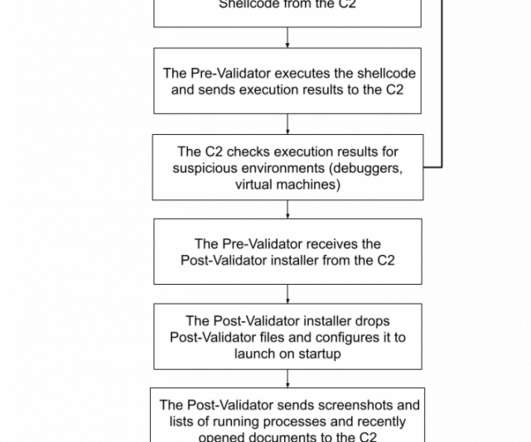IT threat evolution Q3 2021
SecureList
NOVEMBER 26, 2021
IT threat evolution Q3 2021. IT threat evolution in Q3 2021. IT threat evolution in Q3 2021. While tracking this threat actor in spring 2021, we discovered a newer version. Targeted attacks exploiting CVE-2021-40444. PC statistics. Mobile statistics. Targeted attacks. WildPressure targets macOS.












Let's personalize your content